SOURCE: IDRW.ORG TEAM
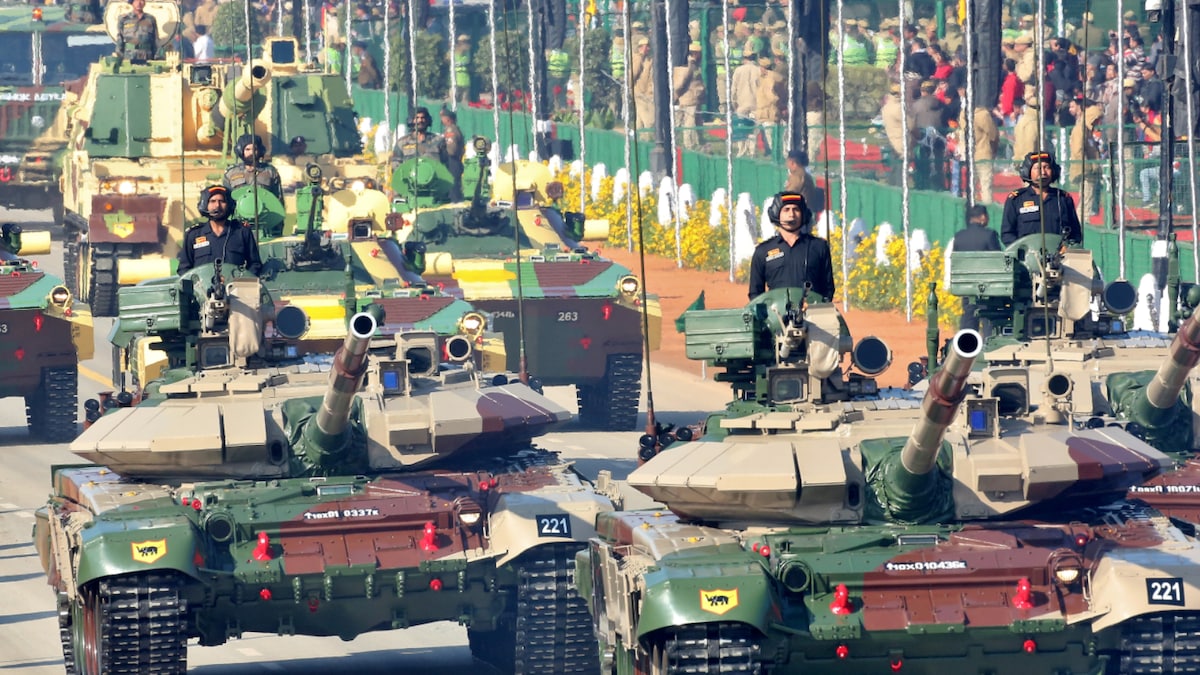
A tug-of-war is brewing between the Indian Armed Forces and the Ministry of Defence (MoD) over the continuation of emergency procurement powers granted after the 2016 Uri attack. These powers were designed to bypass the notoriously slow bureaucratic process and expedite critical acquisitions amid heightened security concerns.
The Army, Navy, and Air Force argue that emergency procurement has been crucial in plugging critical capability gaps and ensuring operational readiness, particularly along the volatile borders. They highlight the streamlined procedures, faster decision-making, and flexibility in choosing vendors as key advantages. Recent deals for Light Specialist Armoured Vehicles and anti-drone systems are cited as successes facilitated by these powers.
Continue readingSOURCE: IDRW.ORG TEAM

In a major boost for India’s burgeoning space technology sector, iDEX (Innovation for Defence Excellence) has awarded the coveted DSIC 8 Challenge to SISIR Radar. Their winning proposal? A revolutionary duo of technologies – an L/P band Continuous Wave SAR payload and an Origami-based unfurlable antenna – both designed for use in Low Earth Orbit (LEO) small satellites.
The L/P band Continuous Wave SAR payload promises to be a game-changer in satellite radar technology. This powerful system can penetrate obstacles like clouds, rain, and foliage, providing unparalleled all-weather, day-and-night Earth observation capabilities. This opens up a vast array of potential applications, from disaster management and weather forecasting to resource exploration and maritime surveillance.
Continue readingSOURCE: RAUNAK KUNDE / NEWS BEAT / IDRW.ORG
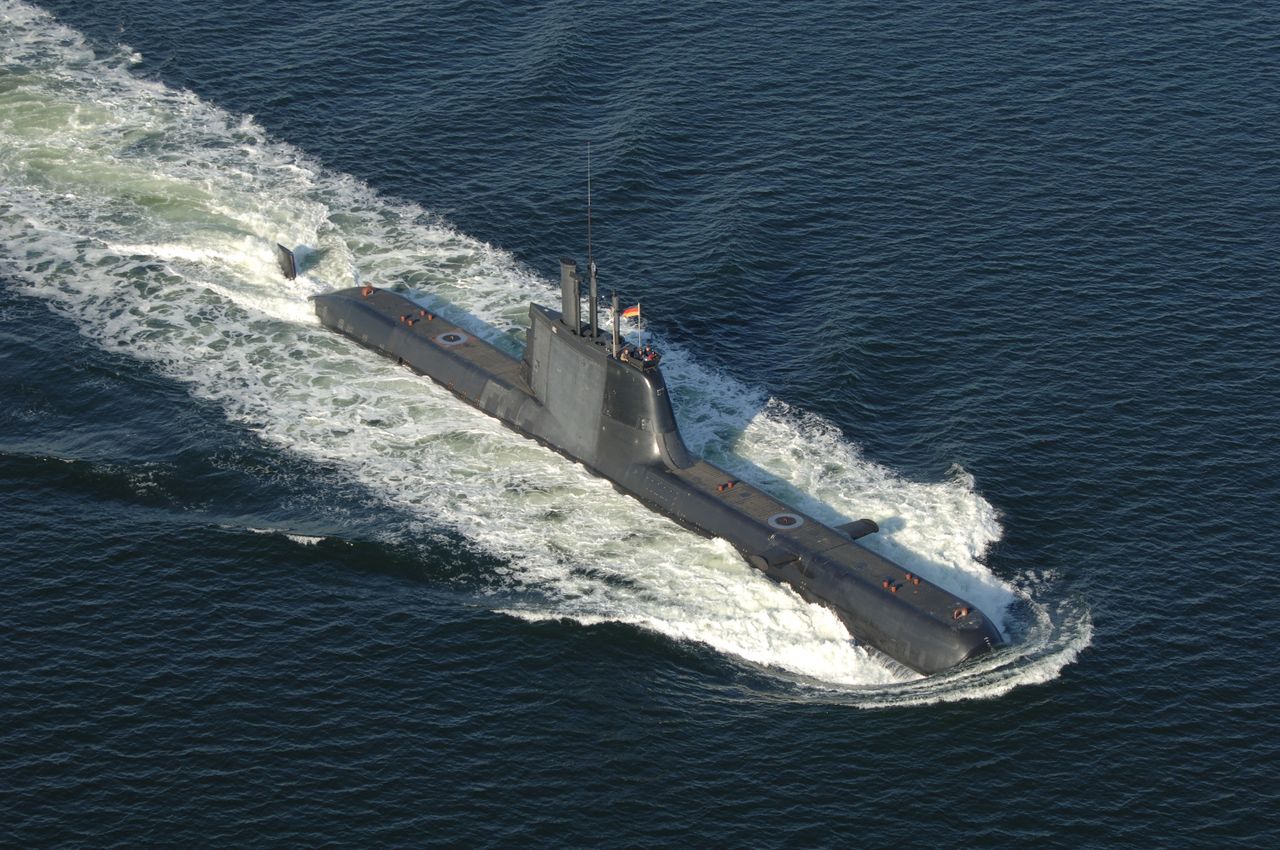
Amidst a sluggish pace in India’s Project-75I tender for six conventional diesel submarines, German defence giant Thyssenkrupp Marine Systems (TKMS) has made a bold move. German officials, during a recent visit to India, presented a comprehensive roadmap for a direct government-to-government (G2G) sale of their advanced U-214/212 submarines. This comes as a potential alternative to the tender process, which is expected to take a significant 3-5 years to finalize.
India’s Project-75I tender has attracted two major contenders: TKMS from Germany and Navantia from Spain. Both companies have offered their latest submarines equipped with next-generation Air Independent Propulsion (AIP) systems and lithium-ion battery technology, promising extended underwater endurance – a crucial factor for Indian naval operations. However, while Navantia is participating in the tender process, TKMS is pushing for a quicker and potentially more lucrative G2G deal.
Continue readingSOURCE: RAUNAK KUNDE / NEWS BEAT / IDRW.ORG
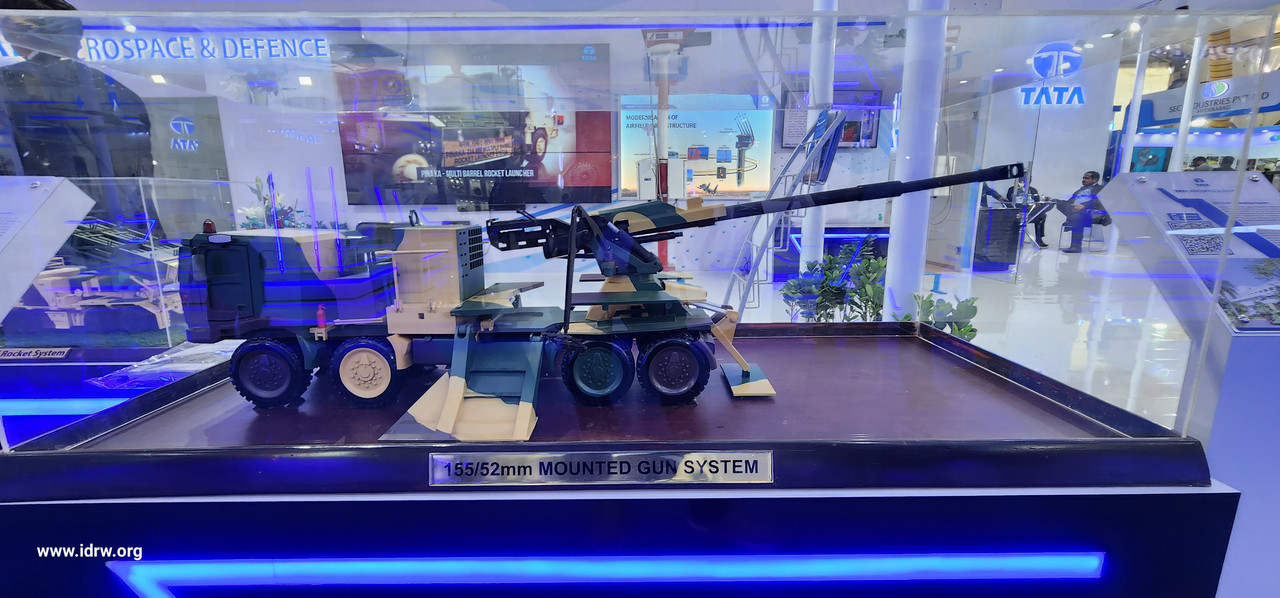
Tata Advanced Systems has thrown its hat into the ring for the Indian Army’s requirement of 814 Mounted Gun Systems (MGS) by offering its own 155mm/52 calibre mounted gun system. This move adds another contender to the competition, potentially heating the race for this major defence contract.
Tata’s offering differs from the Advanced Towed Artillery Gun System (ATAGS) being jointly developed by DRDO and Kalyani Strategic Systems. Instead of basing its system on the ATAGS, Tata’s gun draws inspiration from Denel’s 155mm T5-52 Self-Propelled Howitzer. However, it will be mounted on a locally developed Tata 8×8 high-mobility vehicle.
Continue readingSOURCE: RAUNAK KUNDE / NEWS BEAT / IDRW.ORG
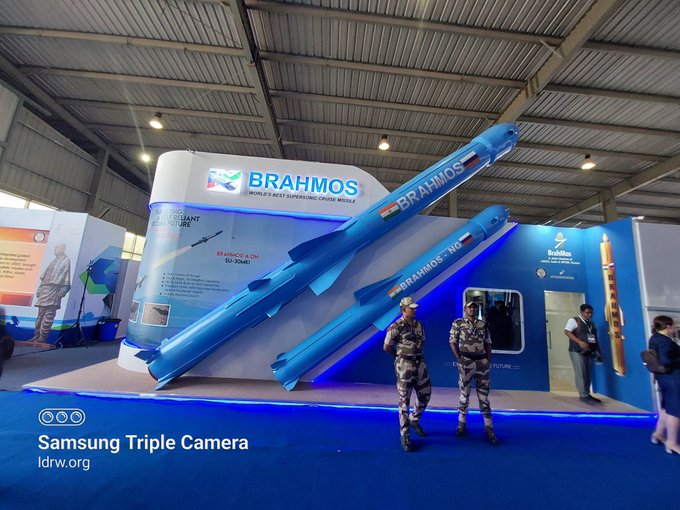
Get ready for the next evolution of supersonic destruction! DRDO’s BrahMos Corporation is revving up development on the BrahMos-NG (Next Generation) missile, promising a multi-platform powerhouse with enhanced capabilities across air, land, and sea.
Leading the charge is the Air Launched Cruise Missile (ALCM) variant, poised to arm India’s fighter jets – LCA-Tejas Mk1A, Tejas MkII, Su-30MKI, and Mig-29K. Imagine the agility and firepower these platforms will gain, unleashing deadly strikes from beyond enemy radar range.
Continue readingSOURCE: IDRW.ORG TEAM
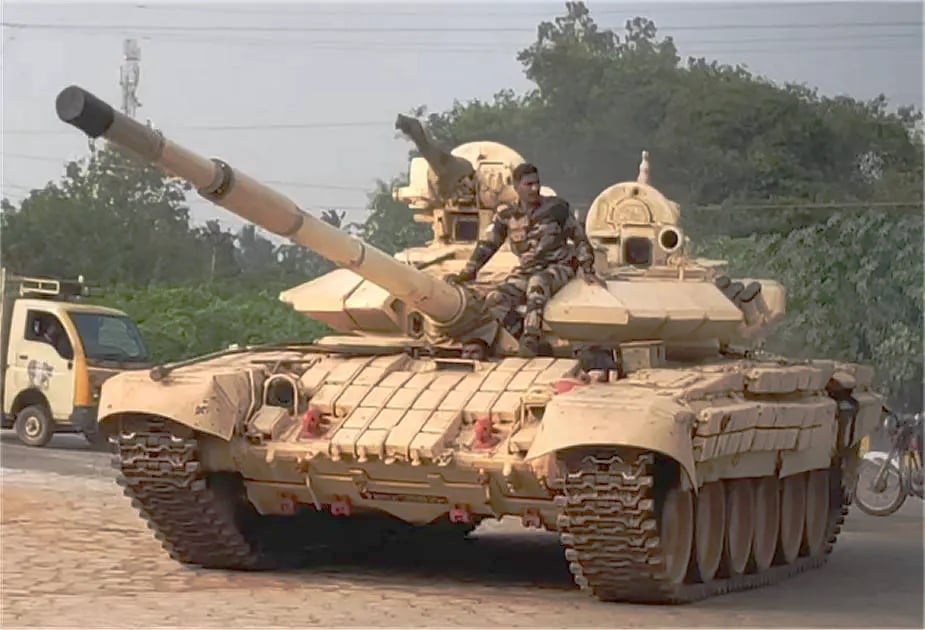
Sensing an opportunity after Russia’s T-72 struggles in Ukraine, India has unveiled the Atharva, a hybrid tank merging the T-72 chassis with the T-90’s more powerful turret. This upgrade boosts firepower, armor, and situational awareness, potentially addressing concerns raised by the war.
The T-90 turret brings increased firepower, thicker armor, and improved situational awareness, making the Atharva a more formidable opponent. India could offer this modernization package to other T-72 users seeking to revitalize their fleets without replacing them entirely.
Continue readingSOURCE: IDRW.ORG TEAM

The 2nd India-Kenya Defence Exhibition & Seminar was held in Nairobi from January 30-31, 2024. The event was co-organized by the Kenyan Defence Forces (KDF) and the High Commission of India (HCI). Kenyan Defence Minister, Hon. Aden Duale, EGH, and Vice Chief of Defence Forces, KDF Lt. Gen J Mwangi, were among the attendees.
More than 21 Indian defence manufacturers showcased their products at the event, including armored vehicles, weapons, and ammunition. Indian companies also gave live demonstrations of their latest technologies.
Continue readingSOURCE: RAUNAK KUNDE / NEWS BEAT / IDRW.ORG
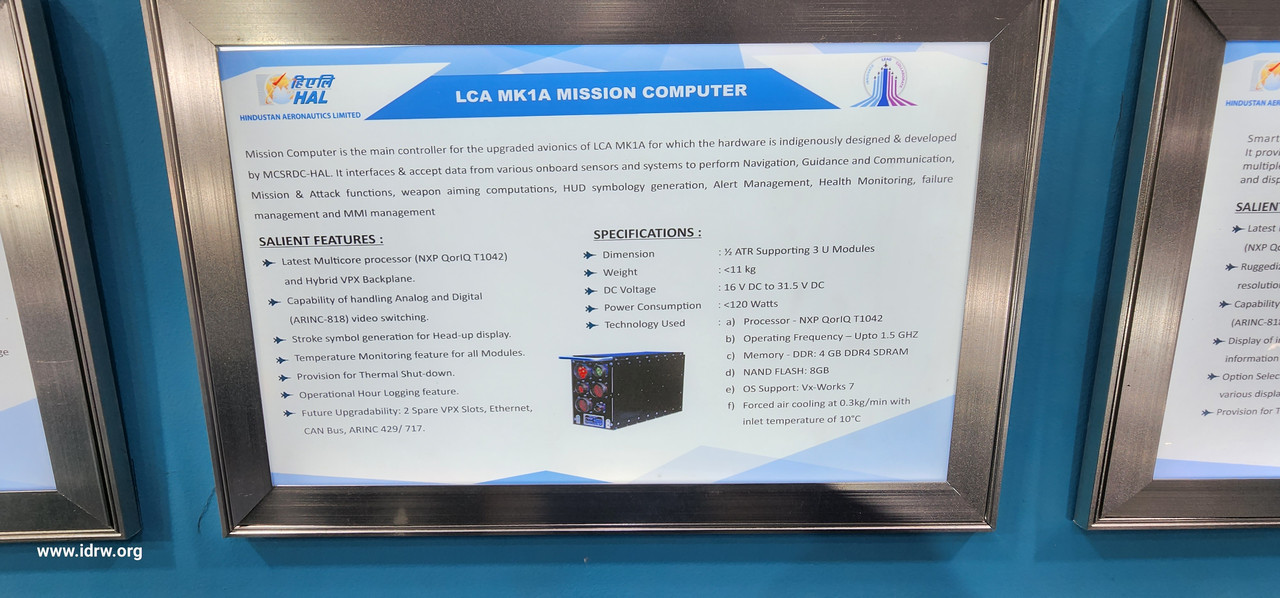
In a significant development for India’s indigenous fighter jet program, the Light Combat Aircraft (LCA) Tejas Mk1A has been outfitted with a state-of-the-art Mission Computer, marking a milestone in the country’s defense aviation sector. Prominent defense reporter Anantha Krishnan M has reported that the LCA Tejas SP, equipped with the LCA MK1A Mission Computer, is scheduled for its maiden flight next week, signaling a leap forward in India’s technological prowess in the field of avionics.
The LCA Tejas Mk1A, renowned for its agility, maneuverability, and combat capabilities, will now incorporate the advanced Mission Computer, a pivotal component designed to orchestrate the aircraft’s upgraded avionics suite. Developed indigenously by MCSRDC-HAL, the Mission Computer serves as the nerve center of the LCA Mk1A, interfacing with a myriad of onboard sensors and systems to execute critical functions ranging from navigation and guidance to communication and weapon aiming computations.
Continue readingSOURCE: RAUNAK KUNDE / NEWS BEAT / IDRW.ORG

The Indian Air Force (IAF) is taking decisive steps to modernize its transport fleet, with Chief of the Air Staff Air Chief Marshal V.R. Chaudhari confirming plans for replacing ageing aircraft like the AN-32 and IL-76.
Chaudhari highlighted the crucial role of modern transport aircraft in contemporary warfare, stating, “We are looking at replacing our AN-32 and IL-76 fleets promptly.” The AN-32, a mainstay for decades, has served its purpose, but its limitations in payload capacity and range restrict the IAF’s operational flexibility. Similarly, the IL-76, approaching 40 years of service, requires a capable successor.
Continue readingSOURCE: RAUNAK KUNDE / NEWS BEAT / IDRW.ORG
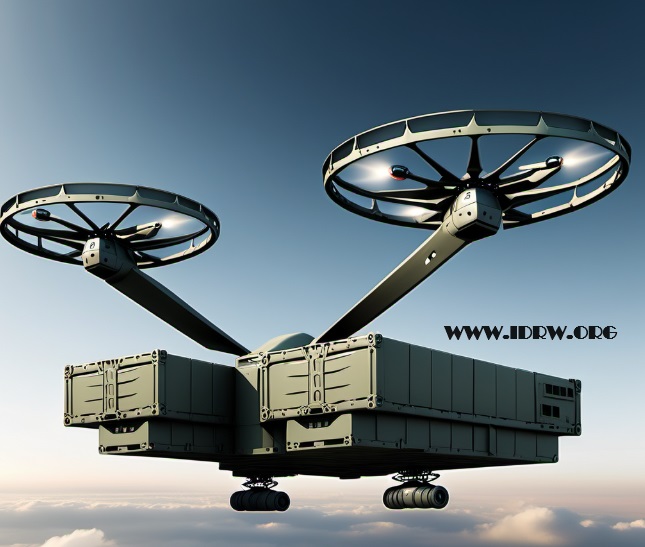
The Indian Army is soaring into the future of logistics with the induction of powerful cargo drones, revolutionizing the way supplies reach troops in even the most challenging terrain. These unmanned aerial vehicles (UAVs) are not just toys, but capable workhorses, lifting payloads ranging from 20kg to 100kg, significantly easing the burden on traditional transport methods.
But the Army’s ambition doesn’t stop there. Plans are already in motion to further expand cargo capabilities, with talks underway with private sector companies for the development of Vertical Take-Off and Landing (VTOL) Cargo UAVs. These behemoths will be game-changers, capable of hauling a whopping 300-500kg of cargo over distances of 400-500km.
Continue readingSOURCE: IDRW.ORG TEAM
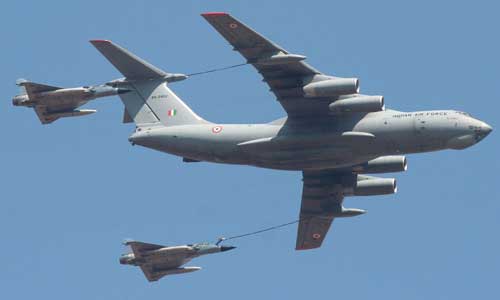
The Indian Air Force (IAF) is looking to significantly expand its fleet of Flight Refuelling Aircraft (FRA) to enhance the operational range and flexibility of its fighter jets. This move comes amidst a focus on bolstering India’s airpower capabilities, particularly in light of potential two-front scenarios.
Currently, IAF fighter jets often operate from high-altitude airfields due to their all-weather capabilities. However, these airfields have limitations on the weight of weapons that can be carried due to thinner air at higher altitudes. By deploying FRAs, fighter jets can refuel mid-air, allowing them to take off from hinterland airfields with their full payload and extend their operational range deep into enemy territory.
Continue readingSOURCE: IDRW.ORG TEAM

Indian micro-turbojet engine startup Dg Propulsion Private Limited (DPPL) has achieved a major milestone in the country’s quest for self-reliance. The company successfully completed endurance test runs of its indigenously developed J40 jet engine, marking a significant step towards its potential integration into various applications.
The J40 engine, powered by DPPL’s in-house-developed Electronic Control Unit (ECU), has demonstrated impressive capabilities during testing. Notably, it has consistently cruised at a remarkable 84,000 rpm, showcasing its stability and power. This achievement bodes well for the engine’s potential applications in unmanned aerial vehicles (UAVs), drones.
Continue readingSOURCE: RAUNAK KUNDE / NEWS BEAT / IDRW.ORG
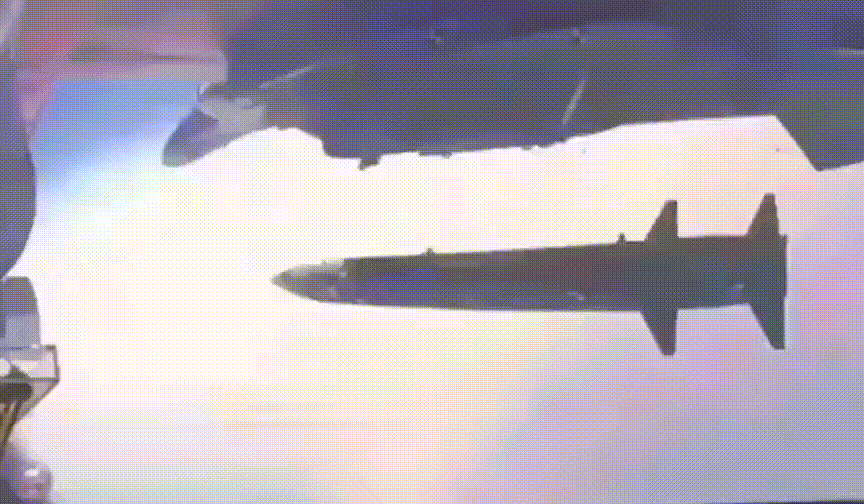
Last year marked a significant milestone for India’s defense capabilities as Dr. Samir V Kamat, Chairman of DRDO, confirmed the commencement of flight trials for the Rudram-II Air to Surface (A2S) missile. With a formidable range of 300 kilometers, the Rudram-II represents a cutting-edge addition to the nation’s arsenal. Recently, a video showcasing the developmental testing of the Rudram-II from the Su-30MKI was prominently featured in a promotional video by the Indian Air Force (IAF), underscoring the missile’s pivotal role in enhancing the country’s air superiority.
One of the standout features of the Rudram-II is its versatility, offering two distinct variants tailored to address specific operational requirements. The first variant serves as an anti-radiation missile (ARM), equipped with a PHH-IIR Seeker engineered to neutralize radar installations with unparalleled accuracy. This capability significantly enhances the IAF’s ability to suppress enemy air defenses and establish aerial dominance in contested airspace. Meanwhile, the second variant of the Rudram-II functions as a formidable Ground Attack missile, featuring an IIR Seeker optimized for targeting airstrips, bunkers, and aircraft hangars. This dual functionality further bolsters the IAF’s strategic capabilities and ensures flexibility in mission planning and execution.
Continue readingSOURCE: RAUNAK KUNDE / NEWS BEAT / IDRW.ORG

The Indian Air Force’s combat power faces a potential gap, prompting urgent calls for an interim solution while its ambitious indigenous fighter program, the Advanced Medium Combat Aircraft (AMCA), takes flight. Air Chief Marshal V.R. Chaudhari, in a recent interview, sounded the alarm about depleting combat assets and the crucial need for the Multi-Role Fighter Aircraft (MRFA) program to fill the void.
“We are aware that projects like AMCA take time and resources to fructify,” acknowledged Chaudhari. “However, given our not-so-friendly neighborhood, it is important that the strength of our combat assets is not depleted further.” This blunt statement underscores the urgency of the situation, with India surrounded by strategic challenges and an ageing fighter fleet nearing retirement.
Continue readingSOURCE: RAUNAK KUNDE / NEWS BEAT / IDRW.ORG
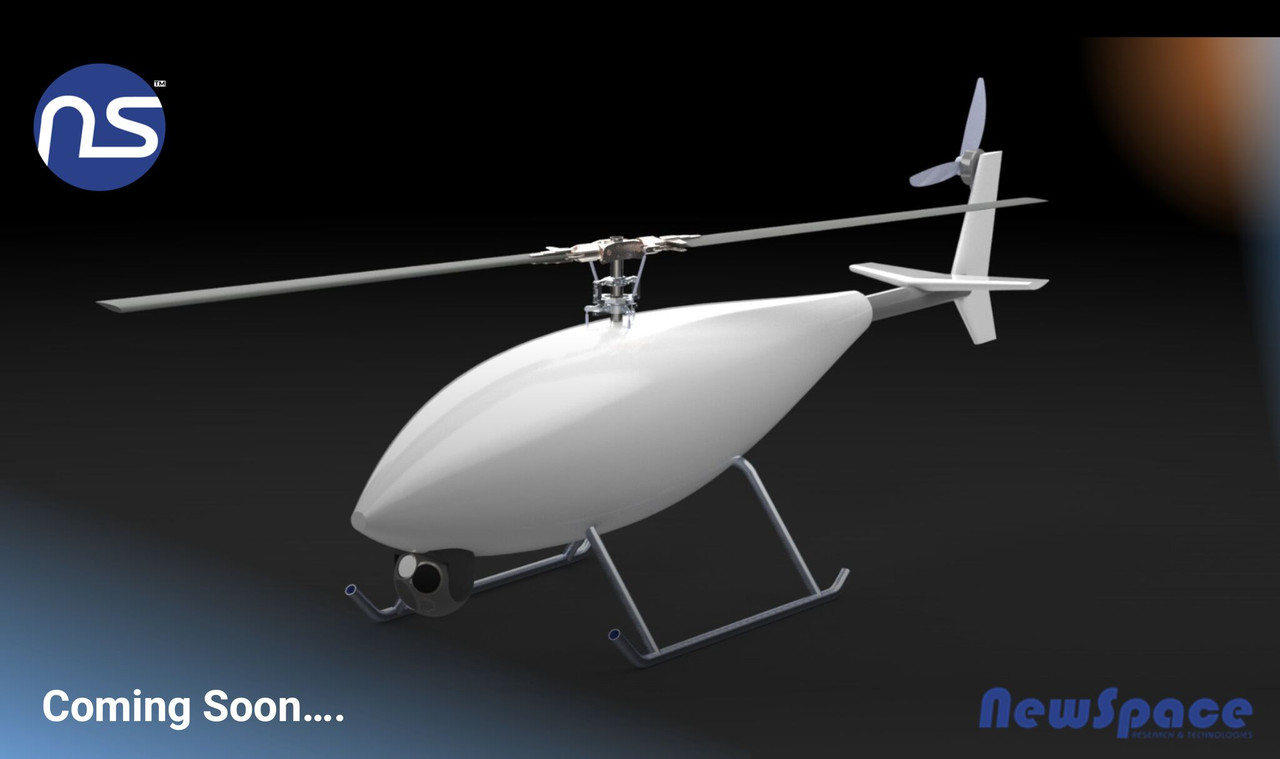
Bangalore’s NewSpace Research and Technologies, a rising star in the Indian private defense sector, has piqued the industry’s interest with a glimpse of its latest creation: a Small Rotary Tactical UAV (Unmanned Aerial Vehicle). While details remain under wraps, the image sparks speculation about its capabilities and potential applications.
The image showcases a compact, rotary-wing design, likely utilizing a multirotor configuration for Vertical Take-Off and Landing (VTOL) capabilities. This suggests agility and maneuverability, crucial for operating in tight spaces or complex environments. Additionally, the presence of an EO/IR camera payload hints at the UAV’s ability to conduct day-night surveillance and reconnaissance missions.
Continue reading